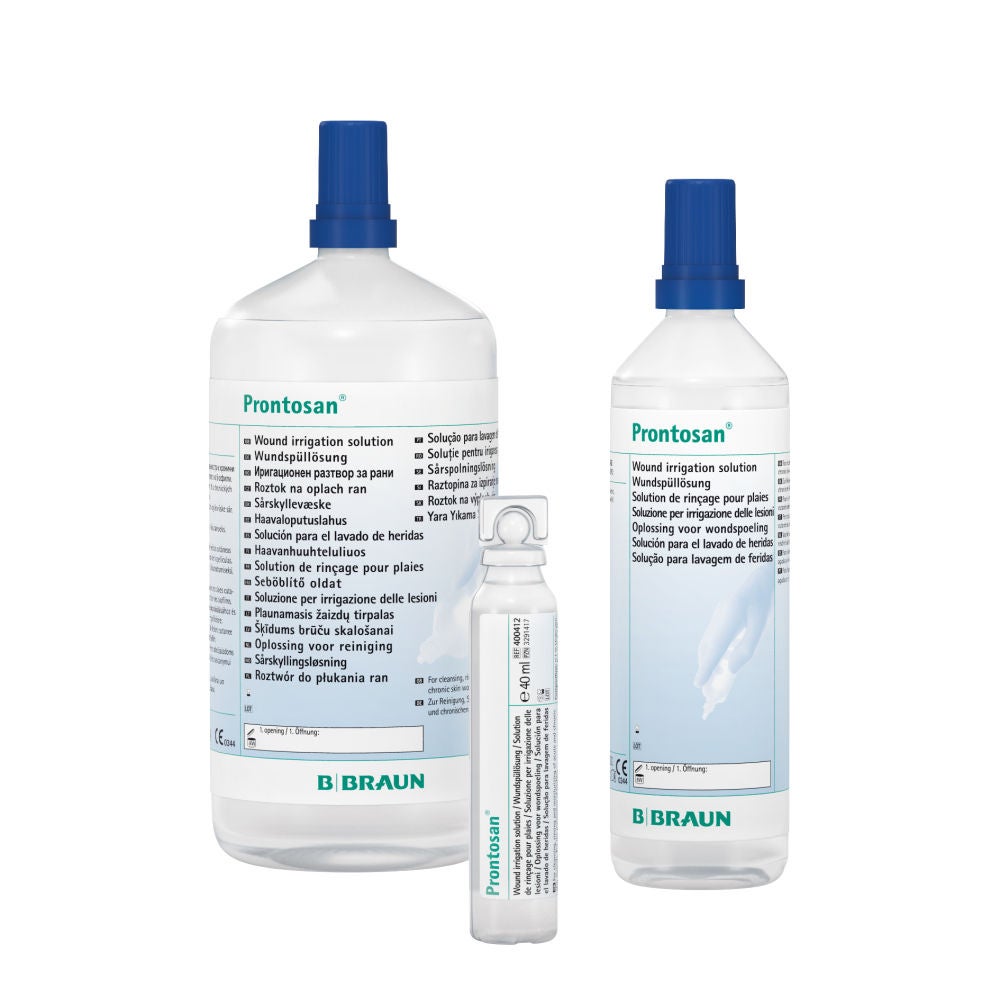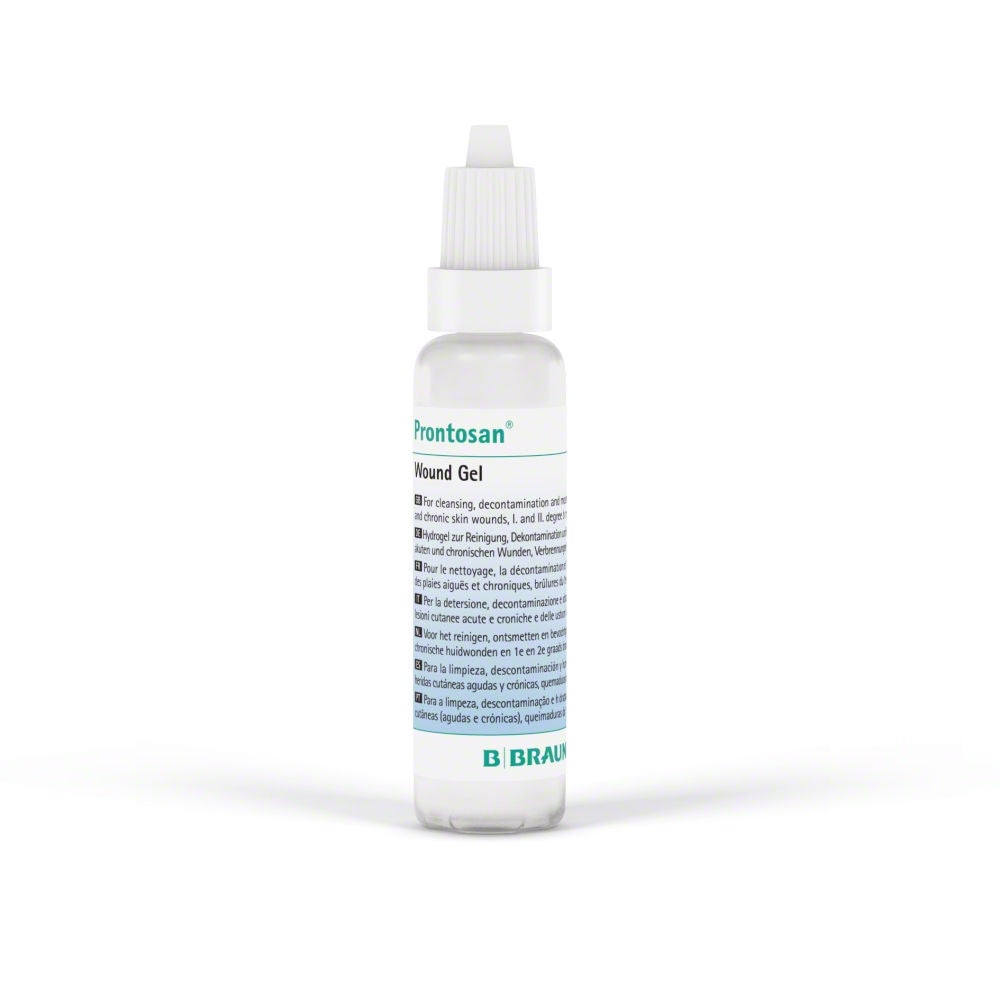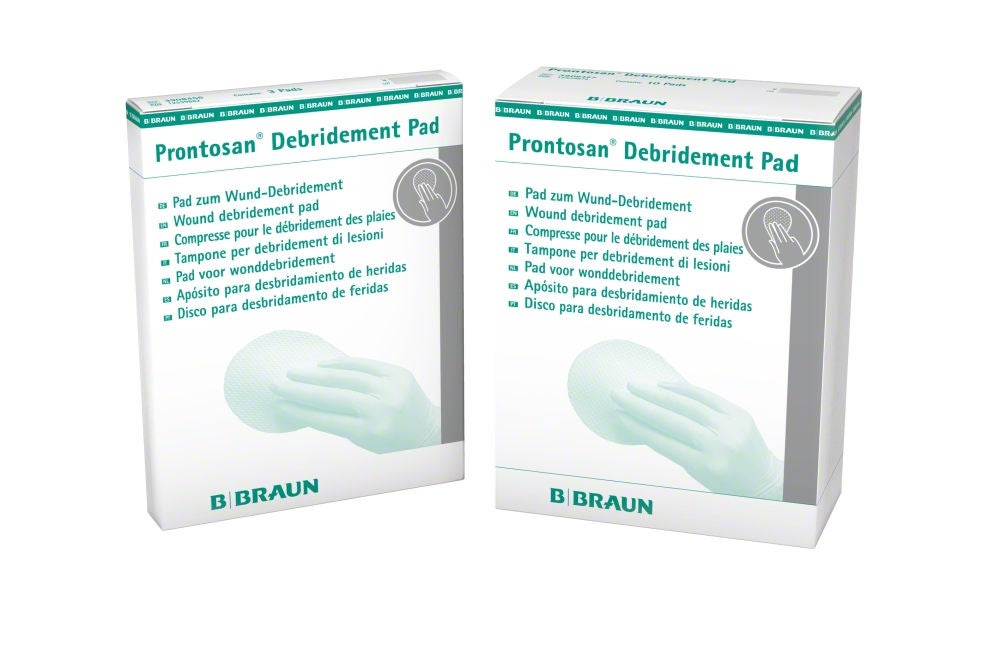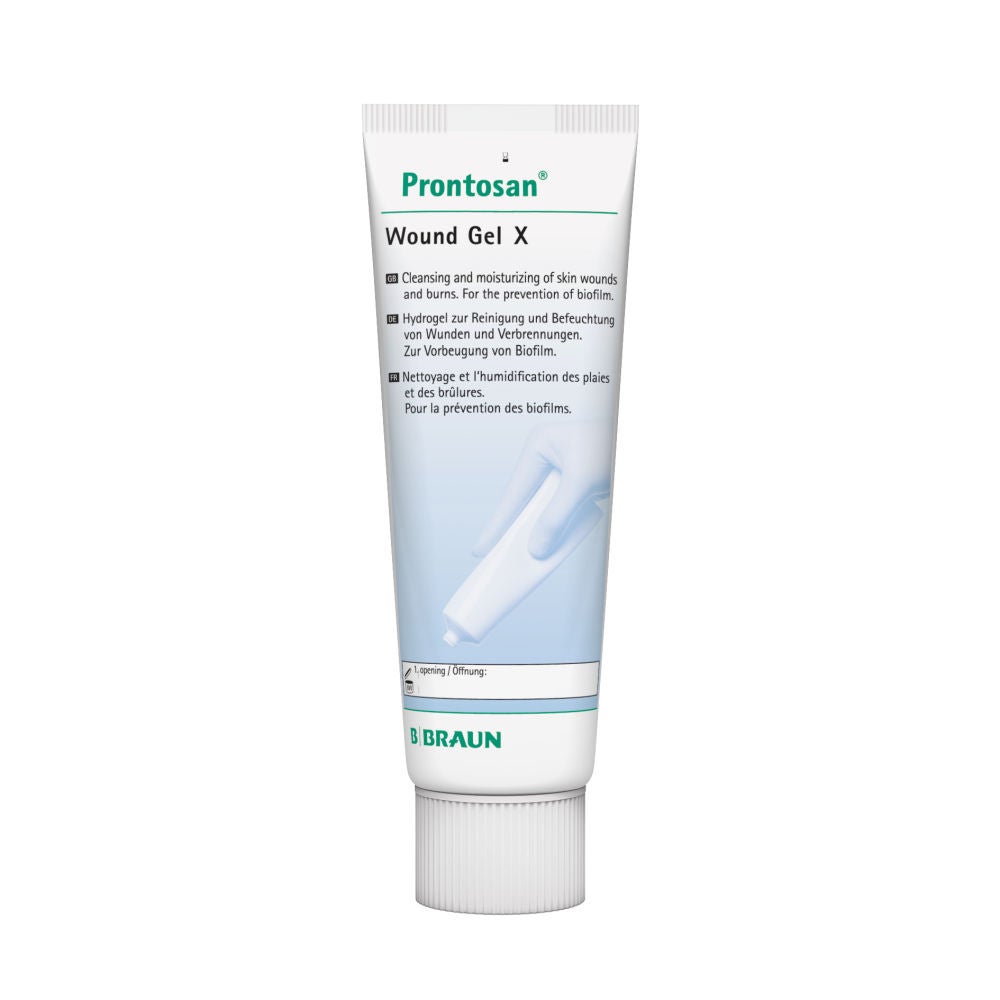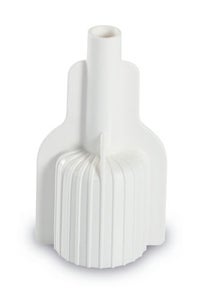You have successfully logged out.
Not registered yet?
To accelerate endogenous healing
The Principles Of Wound Bed Preparation
Wound bed preparation is defined as ‘the management of the wound to accelerate endogenous healing or to facilitate the effectiveness of other therapeutic measures’.31 The principles of wound bed preparation that will be discussed in this section are the entrenched concepts of TIME (Tissue; Infection/Inflammation; Moisture; Edge)72, 157 and biofilm-based wound care (BBWC)158 that guide best practice in wound assessment and management. Application of these principles promotes maintenance of a healthy wound bed and involves therapeutic wound cleansing and debridement, which aims to disrupt biofilm, prevent its reformation, and facilitate removal of necrotic, non-viable or infected tissue.
Medical Professional
This information is meant for medical professionals only. Please confirm that you are a medical professional before accessing the information.
Confirm Yes, I am a health care professional. Cancel No, I am not a health care professional.Wound Cleansing
Wound cleansing is a fundamental component of wound bed preparation.159, 160 Wound cleansing is defined as actively removing surface contaminants, loose debris, non-attached non-viable tissue, microorganisms and/or remnants of previous dressings from the wound surface and its surrounding skin.20 Therapeutic cleansing is rigorous cleansing of chronic or hard-to-heal wounds and is performed:
- To remove excessive wound exudate or debris from the wound bed in order to optimise visualisation and reliable assessment
- Prior to collection of a wound sample (swab or biopsy)
- To assist in hydrating a desiccated wound bed.155, 161
Wound hygiene technique was referred to in the 2016 edition of this document and has been expanded by an expert panel as a term to remind clinicians that wound hygiene practices should be ‘repetitive, regular, frequent and necessary’.162 Wound hygiene involves cleansing, debridement of the wound bed and edge, and prevention of biofilm reformation.148
Selecting And Using Wound Cleansing Solutions
The ideal wound cleansing solution has not been established conclusively. Selection of a solution is based on:171, 172
- Assessment of the wound (e.g. aetiology, anatomical location and visible structures)
- The person’s risk of wound infection
- Signs and symptoms indicative of local wound infection or spreading infection
- Colonisation with multi-drug-resistant organisms
- Efficacy and organism sensitivities of solution
- Goals of care
- Local policies and resources.
Wound cleansing solution options are outlined in Table 9. Inert substances are appropriate for cleansing most non-infected wounds.159, 161 Sterile normal saline or sterile water are inert solutions that are used in clinical situations requiring a sterile solution. Evidence from systematic reviews163,173-176 and randomised controlled trials177-179 has demonstrated that potable water178 is a safe alternative to other wound cleansing solutions for both chronic and acute wounds. Potable water might be chosen in low-resource settings, community settings or for wounds with high levels of exudate or fistula effluent.166 There is a role for judicious wound irrigation with an antiseptic solution, for example:
- To prevent surgical site infection when there is a high risk of infection (e.g. traumatic and contaminated wounds
- In the presence of clinical signs and symptoms of local or spreading wound infection
- In conjunction with surgical, sharp or conservative-sharp debridement as a component of biofilm-based wound care.166, 171
Surfactants (surface active agents) are cleansing agents that contain a substance that lowers the surface tension between the wound bed and the fluid or between two liquids. The lowered surface tension facilitates the spread of the fluid across the wound bed. Surfactants assist separation of loose, non-viable tissue72, 168, 180 by breaking bonds between non-viable tissue/debris and the wound bed.161 These products might be chosen for cleansing wounds that require greater mechanical action when cleansing: for example, wounds with suspected biofilm.180 Some topical antiseptic agents are manufactured in combination with a surfactant to capitalise on these properties and increase penetration of the antimicrobial agents across the wound bed.72 The manufacturers’ instructions for wound cleansing surfactants and antiseptic agents should be adhered to in regard to efficacy, recommended duration of each application and duration of consecutive treatments.172
Table 9. Wound cleansing solution options
| Fluid type | Safety profile | Comments | Key model features |
|---|---|---|---|
| Potable tap water | Hypotonic
|
|
|
| Sterile normal 0.9% saline | Isotonic | No cytotoxicity |
|
| Sterile water | Hypotonic | No cytotoxicity |
|
| Surfactant wound cleansers (e.g. Poloxamer 407, undecylenamidopropyl betaine and macrogolum) | Surfactant | Low cytotoxicity to fibroblasts and keratinocytes in vitro180 |
|
| Super-oxidised solutions (hypochlorous acid and sodium hypochlorite are present as antimicrobial preservatives) | Hypotonic | Varies (see Table 11) |
|
Povidone iodine |
| Dose dependent cytotoxic effect on osteoblasts, myoblasts and fibroblasts184, 185 |
|
| Other agents containing antimicrobials and/or active preservatives | Varies | Varies (see Table 11) | Range of antimicrobial/antimicrobially-preserved agents solutions, less commonly used solely as a cleansing agent (see Table 11) |
Stay connected with My B. Braun
With your personalized account, your online experience will be easier, more comfortable and safe.
